Fitwel & A Healthier Workplace Easy things you can do!
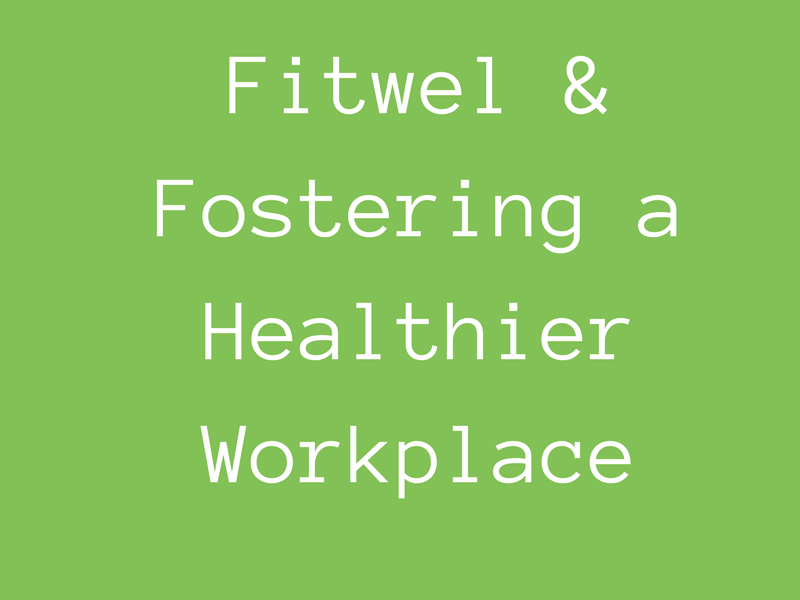
Fitwel
What is Fitwel? While attending a presentation on Active Seating, a question was asked about Fitwel. I had never heard the term and decided it was time to learn more. Fitwel was developed when The Centers for Disease Control and Prevention (CDC) and the General Services Administration (GSA) created a new certification, called Fitwel. It is organized around specific, incremental changes that will foster healthier homes and workplaces, regardless of size, construction year, or location.
Fitwel is a questionnaire that anyone can use to access the healthiness of a building or office environment. The goal is that Fitwel can be used by any building manager to improve incrementally, no matter their budget or situation. Unlike LEED Green Building Certification or WELL Building Standard (“WELL”), there is no expensive third-party certification. Fitwel wants to avoid creating extra paperwork or costs. We like that! This point was emphasized by Matt McCammon a local Kansas City Fitwel Ambassor and architect at HOK. When asked about Fitwel, he described the program this way: “Fitwel is a good little brother to WELL, to get developers, business owners, etc. to test the wellness movement with lower upfront cost. WELL which is much more intensive and requires a good amount of dedication from the entire team. Fitwel is a stepping stone, easy to use, and still science based.”
Fitwel Questionnaire
The questionnaire was developed over 5 years from input from designers, health experts, and over 3,000 research studies. Obtaining the questionnaire was easy. I will put the link at the bottom of this post. I also have a 169 page PDF with more detailed information. If you want a copy, please contact me.
To give you an idea of the questionnaire, here are a few of the items that will give you points. The idea is to have these items in your workspace, receive points, & benefit from healthier employees:
* Provide natural daylight in a majority of the workplace
* Provide views of nature from a majority of workspaces.
* Provide common break areas accessible to all regular occupants that can accommodate lunch-time activity
* Provide a dedicated quiet room accessible to all regular occupants that can be used in private.
* Provide water bottle refilling ability at a minimum of one water supply on every floor
* Encourage healthy food choices through pricing incentives.
* Design and maintain the building structure and facilities to minimize interior-sourced noises within dwelling units
* Provide a sufficient number of dedicated lactation rooms or stations accessible to all regular occupants
I found the list helpful. Most of the items are things I already suggest to someone creating a workspace. To have them on one list from science based research reinforces the importance.
Credits
Office Design Tips
Join our email list to receive our 5 Best Office Design Tips!
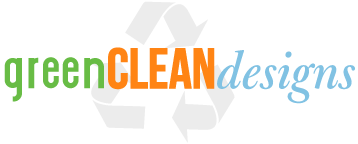
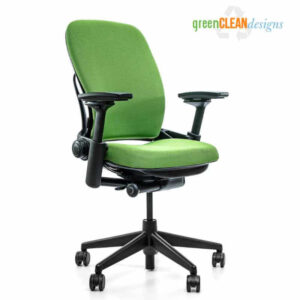
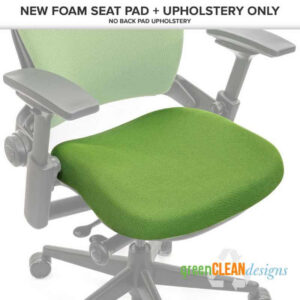
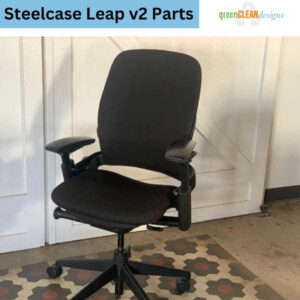
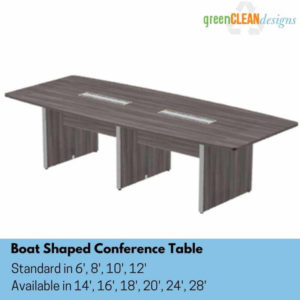


Leave a Reply